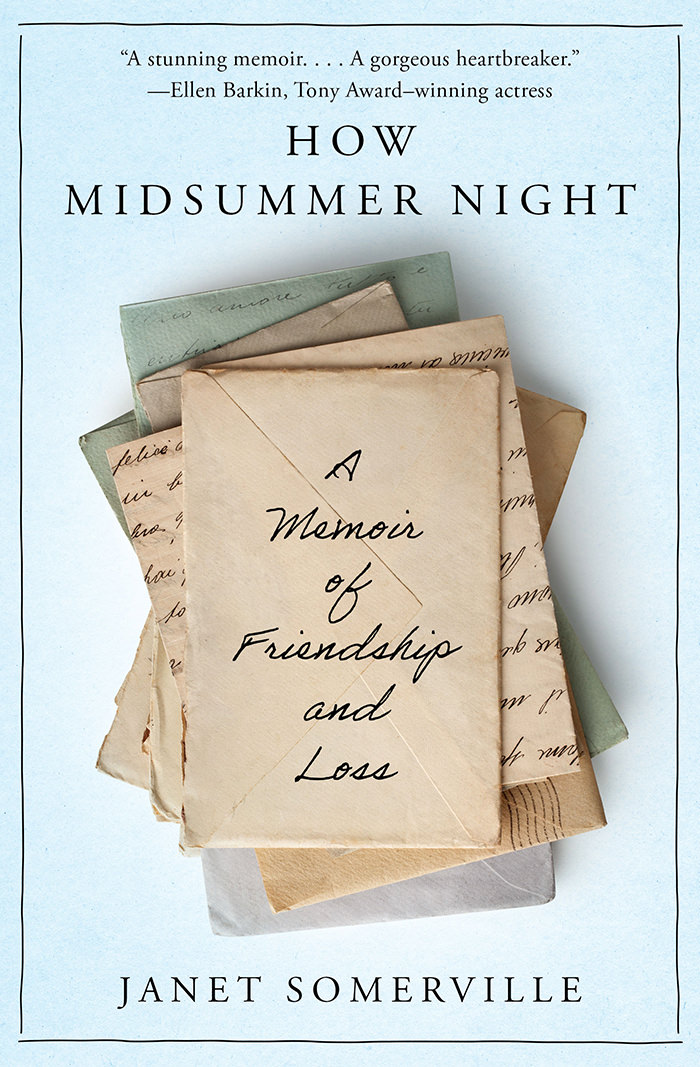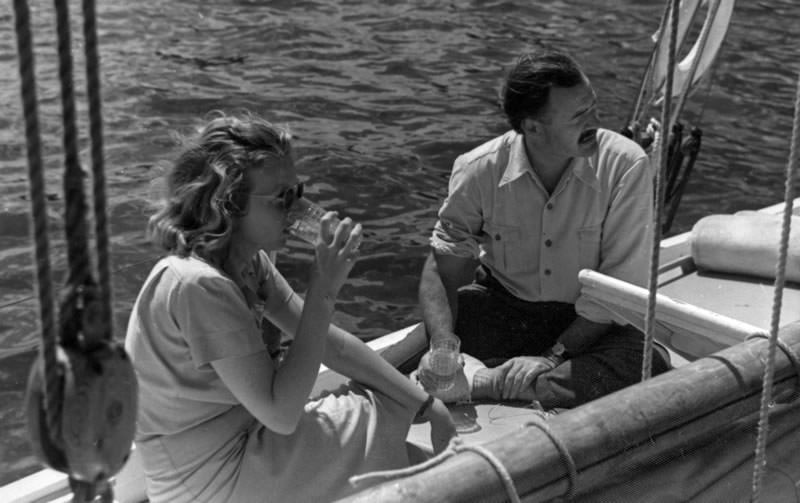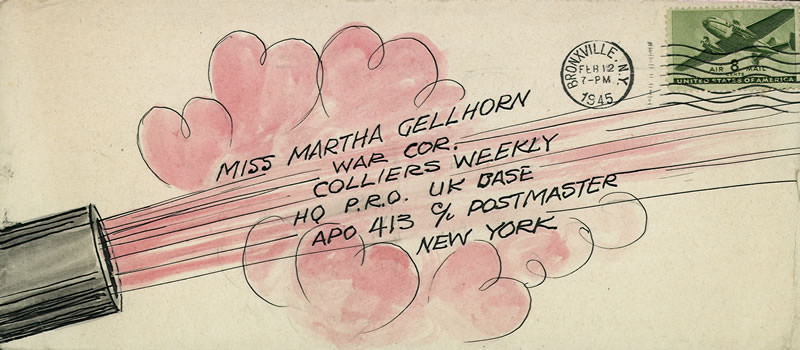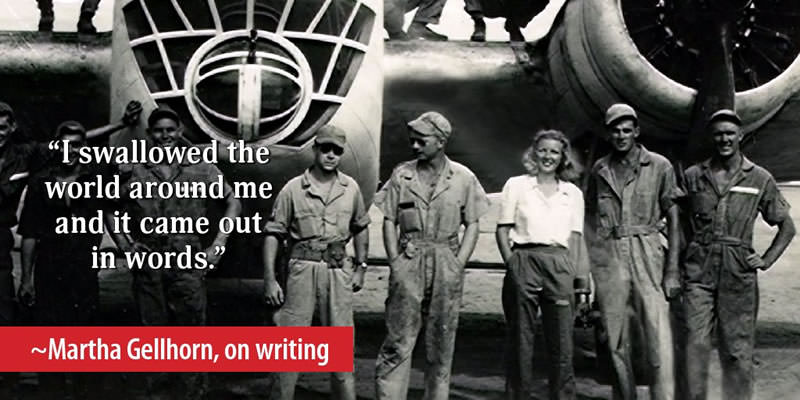
How Midsummer Night: A Memoir of Friendship and Loss
A cross between Mitch Albom’s Tuesdays with Morrie and Alan Bennett’s The History Boys, this is a beautiful tribute to a man who made his mark on his family and the community around him–a man who was so much more than just another teacher, just another friend. Peppered with theatrical references–from Shakespeare to Rodgers and Hammerstein and Avenue Q–it offers a touching glimpse into Janet’s friend Richard’s life. During his cancer treatment, Janet shares with him the day-to-day life at school, including the unfiltered witticisms that fall from the mouths of teenage boys. Together they recollect stories of school choir tours, plays directed, and books read. Richard’s positive attitude–his playfulness and graciousness–shines through the pages.
Available in paperback or as an e-book
CANADA
Amazon | Book City | Chapters/Indigo | McNally Robinson
UNITED KINGDOM
Amazon | Blackwell’s | Foyles | Waterstones
UNITED STATES
Amazon | Barnes and Noble | Indiebound | Parnassus Books

Yours, for Probably Always:
Martha Gellhorn’s Letters of Love and War 1930 – 1949
Martha Gellhorn was a strong-willed, self-made, modern woman. An ardent anti-fascist, she abhorred “objectivity shit” and wrote about real people doing real things with intelligence and passion. She knew Colette, H.G. Wells, Eleanor and Franklin D. Roosevelt, Charlie Chaplin, Sylvia Beach, Robert Capa, Antoine de Saint-Exupéry, Orson Welles, Norman Bethune, Ingrid Bergman, Gary Cooper, John Dos Passos, Dorothy Parker, Maxwell Perkins, Chiang Kai-shek, Madame Chiang, Leonard Bernstein, and many more of the people who made history in her time.
Because of being “Mrs. Hemingway” from 1940 to 1945, her writing, for the rest of her life, was in his shadow. She is a woman of accomplishment who has never received her full due. Anybody interested in the history of journalism or of literary America needs to know about Martha Gellhorn. Yours, for Probably Always brings to light a personality often eclipsed by her world-famous spouse.

The book includes previously unpublished correspondence, journalism, fiction and excerpts from journal entries beginning in 1930 when Gellhorn arrived in Paris with $75, her typewriter, and the dream of becoming a foreign correspondent. It covers her work back home for Harry Hopkins and the Federal Emergency Relief Administration, her friendships with H.G. Wells and Eleanor Roosevelt, her writing about the Spanish Civil War, her marriage to Ernest Hemingway, her World War II journalism, through to the late 1940s when her play Love Goes To Press opened to standing ovations in London and the publication of her novel about Dachau in 1948 when Gellhorn had yet to turn forty.

Her fiction of the time sold well: The Trouble I’ve Seen—her Depression Era stories based on FERA work, with an introduction by H.G. Wells (1936); A Stricken Field—a novel inspired by the German-Jewish refugee crisis and set in 1938 Czechoslovakia (1940); The Heart of Another—stories edited by Maxwell Perkins (1941); Liana—a novel about a tragic marriage of an uneducated woman of colour to a lonely white man on a Caribbean island (1944); and her novel about Dachau (the liberation of which she reported for Collier’s) The Wine of Astonishment (1948).
The theme throughout is her life-long advocacy of social justice and her need to tell the stories of “the people who were the sufferers of history.”
